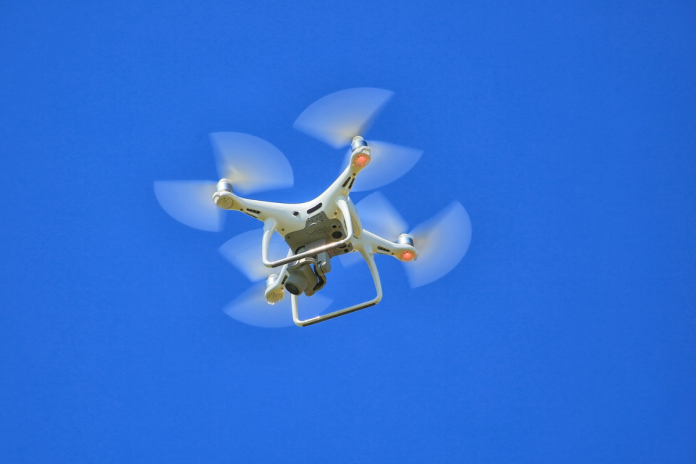Snapshot
The drone airspace map is freely available on the digital sky platform to all without any login requirements.
The map is available on DGCA’s digital sky platform at https://digitalsky.dgca.gov.in/home
Taking another step towards realising our collective vision of an Atma Nirbhar Bharat, the government has released India’s airspace map for drone operations.
According to the Civil Aviation Ministry, the drone airspace map is an interactive map of India that demarcates the yellow and red zones across the country.
Green zone is the airspace up to 400 feet that has not been designated as a red or yellow zone; and up to 200 feet above the area located between 8-12 km from the perimeter of an operational airport.
In green zones, no permission whatsoever is required for operating drones with an all-up weight up to 500 kg.
Yellow zone is the airspace above 400 feet in a designated green zone; above 200 feet in the area located between 8-12 km from the perimeter of an operational airport and above ground in the area located between 5-8 km from the perimeter of an operational airport.
Drone operations in the yellow zone require permission from the concerned air traffic control authority — AAI, IAF, Navy, HAL etc. as the case may be.
The Yellow zone has been reduced from 45 km earlier to 12 km from the airport perimeter.
Red zone is the ‘no-drone zone’ within which drones can be operated only after a permission from the Central Government.
The drone airspace map comes as a follow-through of the liberalised Drone Rules, 2021 released by the Centre on August 25, 2021, the PLI scheme for drones released on September 15, 2021 and the Geospatial Data Guidelines issued on February 15, 2021.
According to the Ministry, all these policy reforms will catalyse super-normal growth in the upcoming drone sector.
Drones offer tremendous benefits to almost all sectors of the economy. These include agriculture, mining, infrastructure, surveillance, emergency response, transportation, geo-spatial mapping, defence, and law enforcement to name a few.
Drones can be significant creators of employment and economic growth due to their reach, versatility, and ease of use, especially in India’s remote and inaccessible areas.
Given its traditional strengths in innovation, information technology, frugal engineering and its huge domestic demand, India has the potential of becoming a global drone hub by 2030.
Thanks to the new rules, the drone PLI scheme and the freely accessible drone airspace maps, the drones and drone components manufacturing industry may see an investment of over Rs 5,000 crore over the next three years.
The annual sales turnover of the drone manufacturing industry may grow from Rs 60 crore in 2020-21 to over Rs 900 crore in FY 2023-24.
The drone manufacturing industry is expected to generate over 10,000 direct jobs over the next three years.
The drone services industry (operations, mapping, surveillance, agri-spraying, logistics, data analytics, software development) will grow to an even larger scale.
It is expected to grow to over Rs 30,000 crore in next three years. The drone services industry is expected to generate over five lakh jobs in three years.
The airspace map may, however, be modified by authorised entities from time to time. Anyone planning to operate a drone should mandatorily check the latest airspace map for any changes in zone boundaries.
The drone airspace map is freely available on the digital sky platform to all without any login requirements. The map is available on DGCA’s digital sky platform at https://digitalsky.dgca.gov.in/home.


